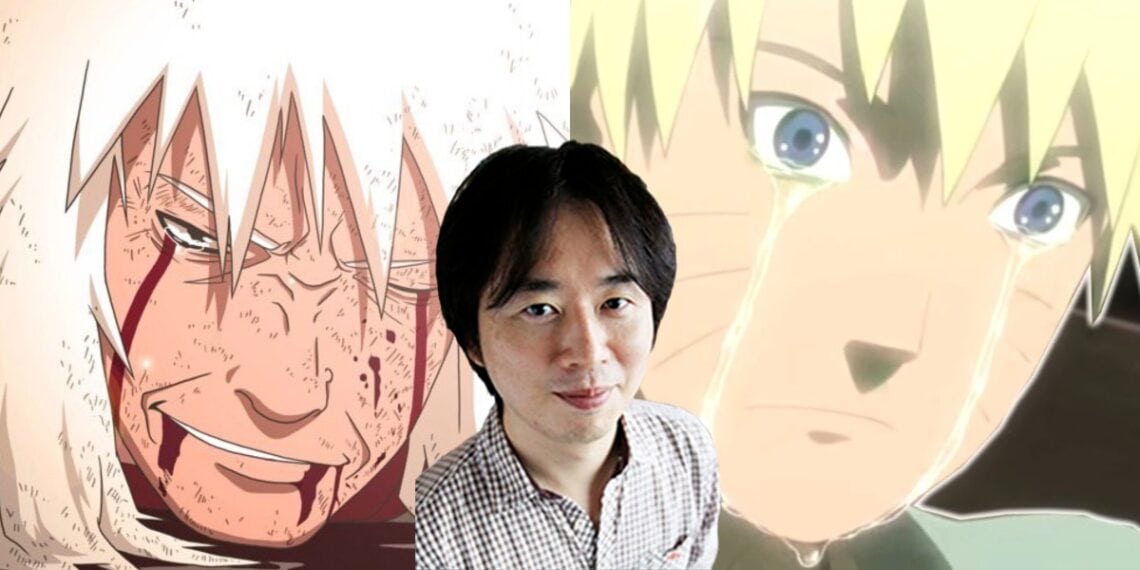What makes a story great is its ability to transform both the characters within it and those watching it unfold. Naruto, with its themes of loneliness, purpose, vengeance, and peace, resonates deeply because viewers witness the protagonists irrevocably changed by loss.
The first tremors come early when Zabuza, more complex villain than he appears, sacrifices himself to save the very person who gave him purpose. His shifting morality foreshadows journeys yet to come.
But it is Jiraiya’s death, written to be permanent and indelible, that sears through the narrative like a blade. Mentor to the orphaned and abandoned, the Sage’s love for Naruto leaves an impression more lasting than his teachings.
In the howling void left behind, Naruto discovers who he is now, and who he must become. Understanding dawns – that bonds once broken can be reforged when one knows the shape and depth of the cracks.
Jiraiya’s loss, now part of Naruto, kindles the resolve to bring his lost friend home. If he burns bright enough with those Will of Fire truths, he can ignite that hidden fire still dwelling in Sasuke’s darkness.
The death of a beloved, though tragic, transforms and redeems. This is the blood and bone of what makes Naruto essential.
Jiraiya’s Death Was to Make Naruto Feel Sasuke’s Pain
Naruto’s creator Masashi Kishimoto has shared deeper insight into his reasoning behind killing off Jiraiya. He wanted Naruto to truly empathize with Sasuke’s profound pain and anger over losing his entire clan.
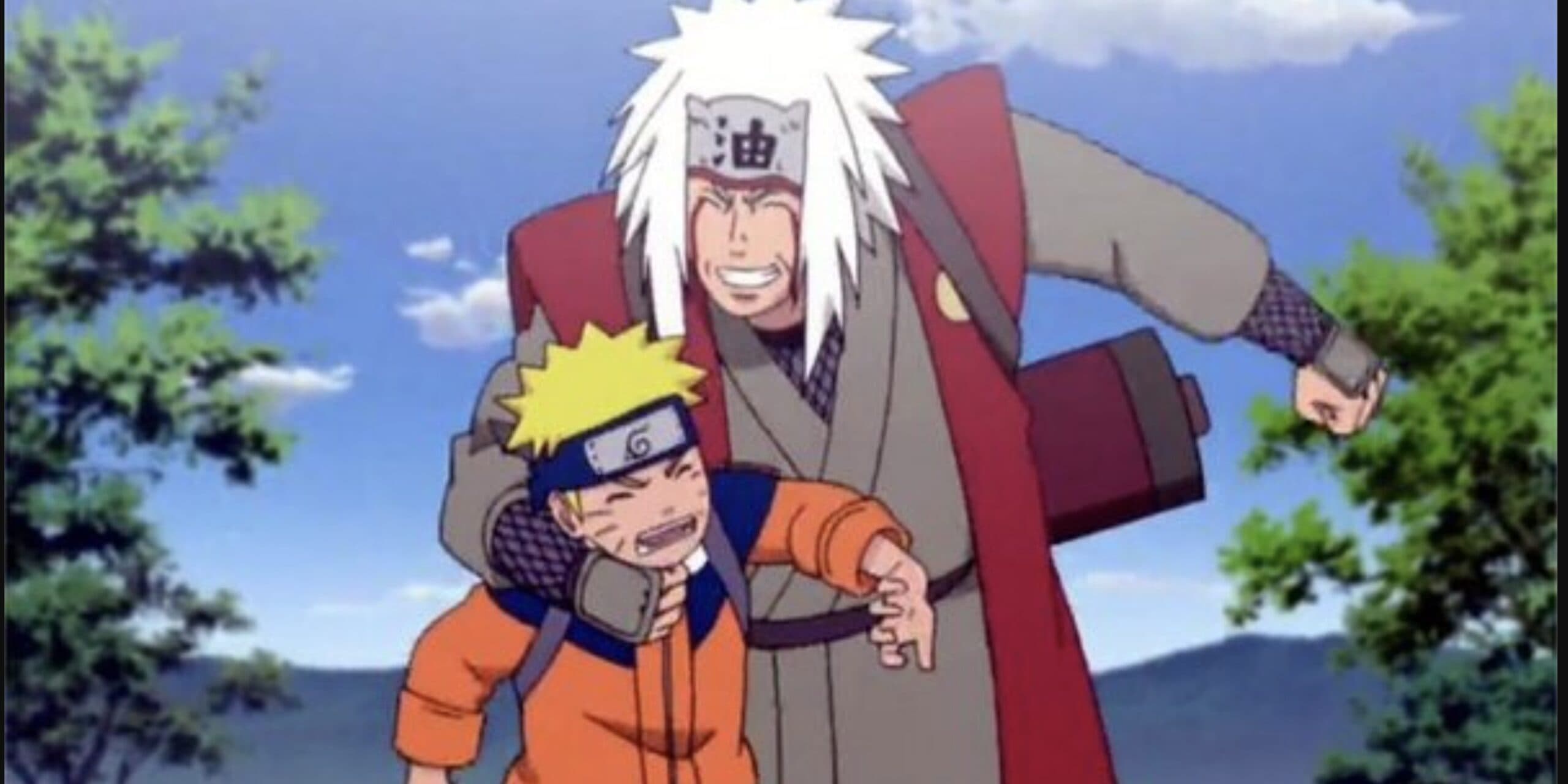
Up until Jiraiya’s death, Naruto had never lost someone that close, almost like family. But with his beloved master and mentor gone, Naruto finally understood viscerally the wrenching grief and darkness that consumed Sasuke years before.
This traumatic loss gave Naruto a critical perspective into Sasuke’s motivations for revenge and desertion from the village.
Experiencing that crushing anguish and loneliness firsthand helps explain Naruto’s unrelenting conviction to save his friend Sasuke, even when others have given up on him.
By devastating Naruto with Jiraiya’s death, Kishimoto strengthened the bond between the two lead characters, despite their different paths.
Naruto can now relate to Sasuke’s suffering on a deeper level and hopefully help redeem him from it through their friendship.
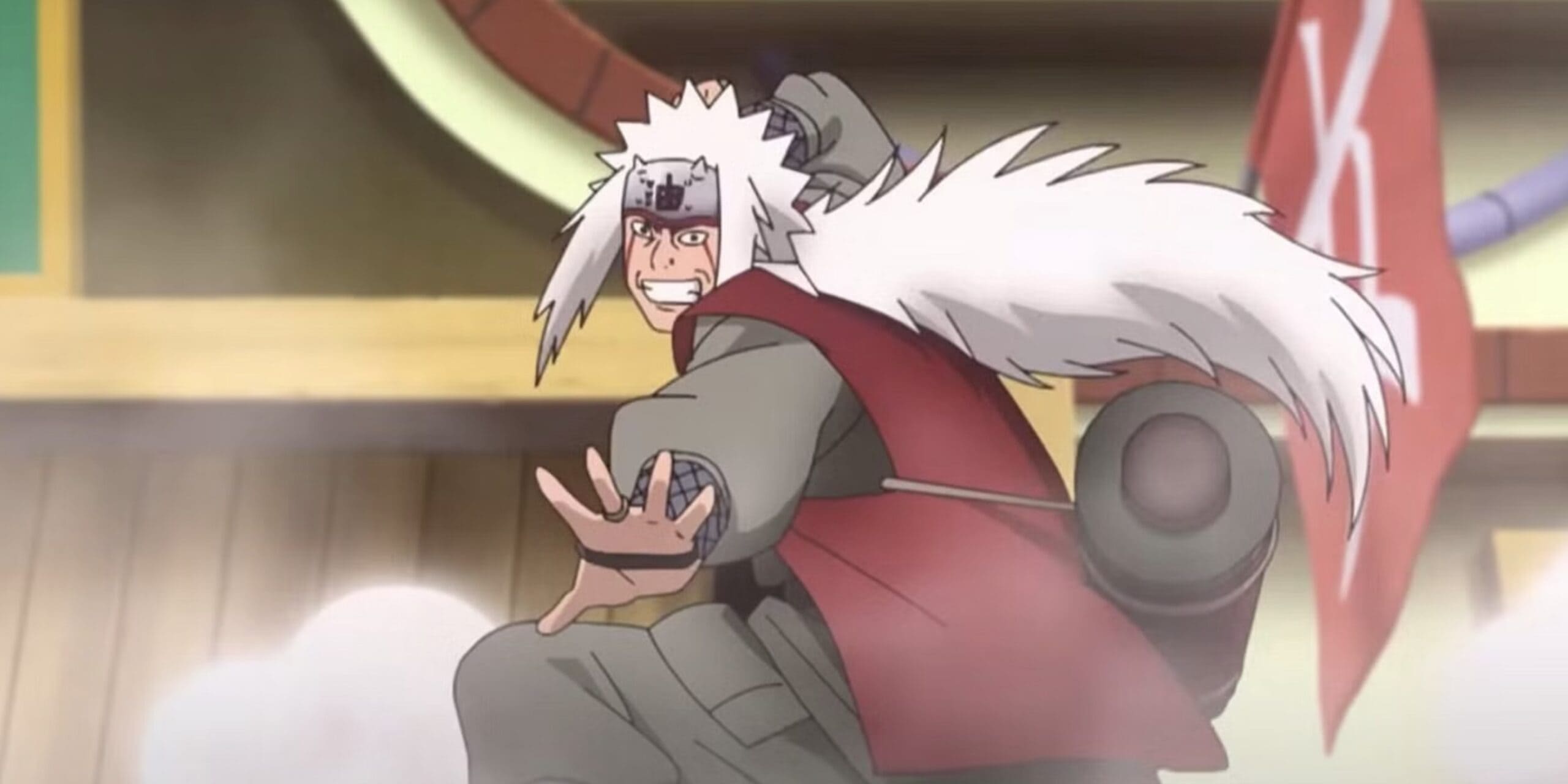
This move shows the writer’s sophistication in orchestrating grief as a tool for greater purpose and understanding.
Elaborating further, Naruto’s creator Kishimoto discussed how Sasuke and Naruto originally couldn’t truly understand each other’s perspectives.
A Catalyst
Sasuke suffered profound trauma when his entire family and clan were murdered, fueling his sole mission for revenge, while Naruto had never experienced such devastating personal loss.
As Kishimoto explained, without living through that crushing pain yourself, no words or promises can truly resonate or dissuade someone from vengeance.
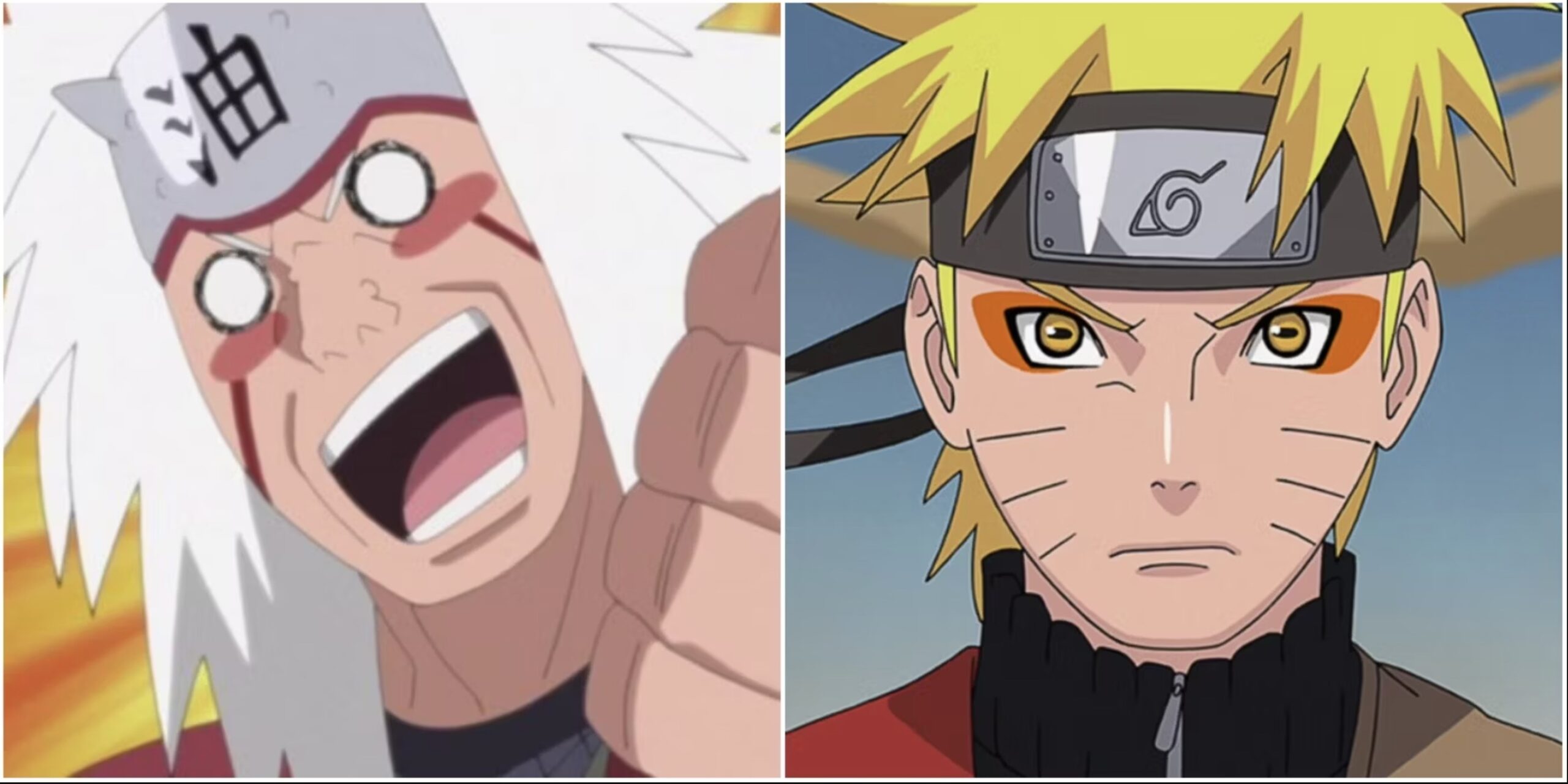
So up to that point, Naruto’s desperate appeals rang hollow for Sasuke, making communication impossible.
But Jiraiya’s death for Naruto changes this dynamic. After losing his most cherished mentor, who was essentially his father and anchor, Naruto connects to the same grief and darkness that has defined Sasuke.
Only now can he authentically reach Sasuke from a place of shared empathy.
Kishimoto then leaves it an open question – with this hard-won understanding, what actions and choices will Naruto take next to redeem his friend? By equalizing their traumatic losses, there’s now hope the two shinobi can truly communicate heart-to-heart.
How Jiraiya’s Death Made An Impact on Naruto
As the creator Kishimoto intended, Jiraiya’s sacrifice provides critical development for Naruto as a character and shinobi. His beloved mentor’s death catalyzes tremendous inner growth that fuels Naruto’s choices from that tragedy forward.
Immediately after losing Jiraiya, Naruto dedicates himself to completing his late master’s final teachings – perfecting sage mode. This intensive training cultivates Naruto’s strengths exponentially, taking his abilities to unprecedented levels.
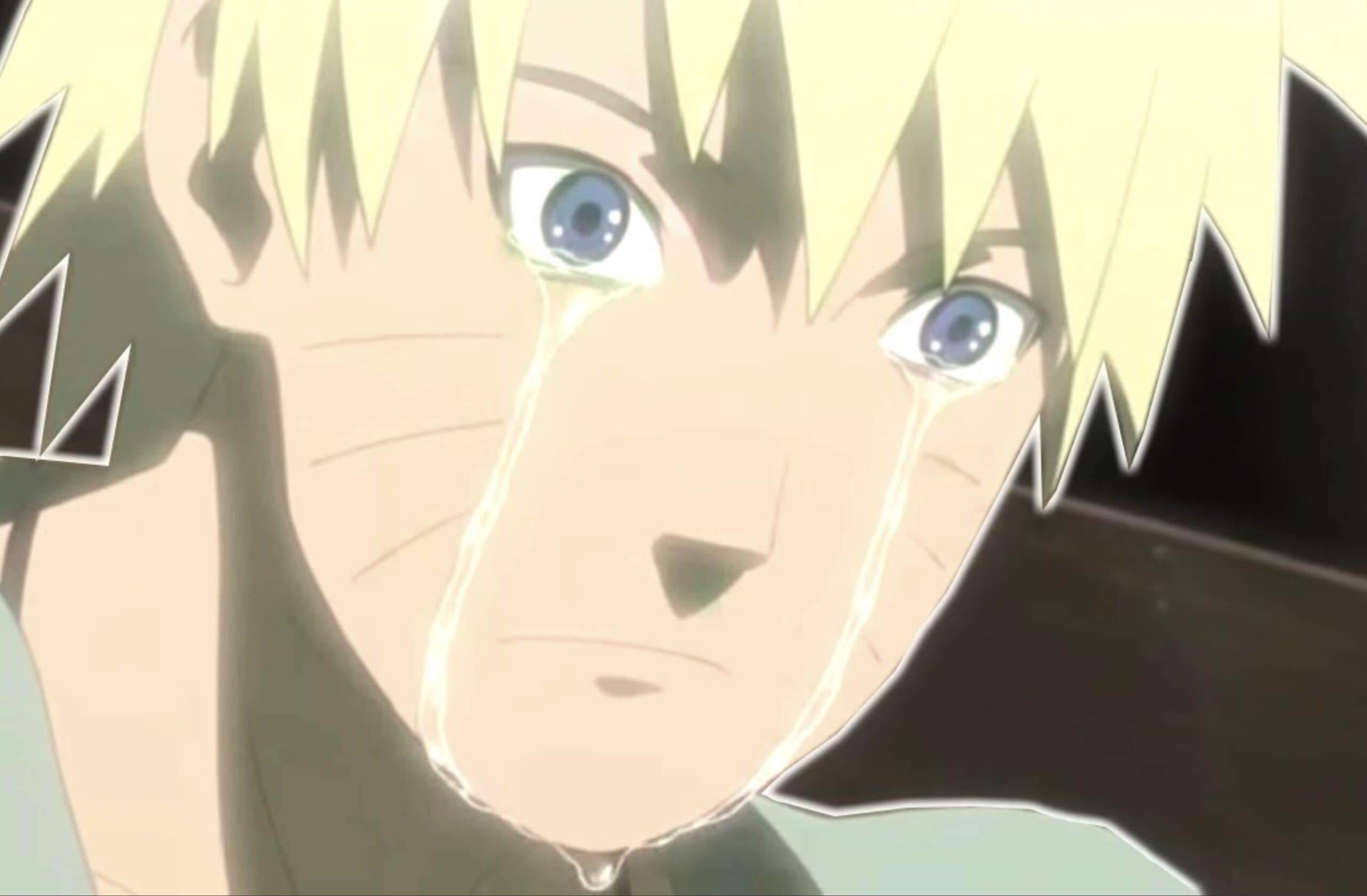
But more importantly, by internalizing Jiraiya’s supreme sacrifice, Naruto matures exponentially in wisdom. Jiraiya’s love and belief in him unlock Naruto’s fullest capacities for empathy, nuanced understanding, and peace-making.
Armed with these new philosophical views and ethics, Naruto defeats Pain, convincing the Akatsuki leader to place faith in him to bring positive change. Without Jiraiya’s inspiration, Naruto could never have ended the cycle of vengeance to bring peace to the village.
In the long term, the deep self-reflection and enlightenment sparked by losing his mentor gives Naruto the courage and compassion to revolutionize the shinobi world. Jiraiya’s death utterly transformed his student’s destiny.
The Enduring Legacy
As one of the most beloved characters in the series, Jiraiya holds an exalted place in Naruto fandom due to his vibrant humor and sage wisdom. He continues to rank among the top fan-favorite characters of all time.
Unlike many shinobi who meet tragic ends, Jiraiya remains one of the few characters to never be revived or returned to life through reanimation or other means later in the series. His selfless death staying permanent carries extra emotional weight and poignancy.
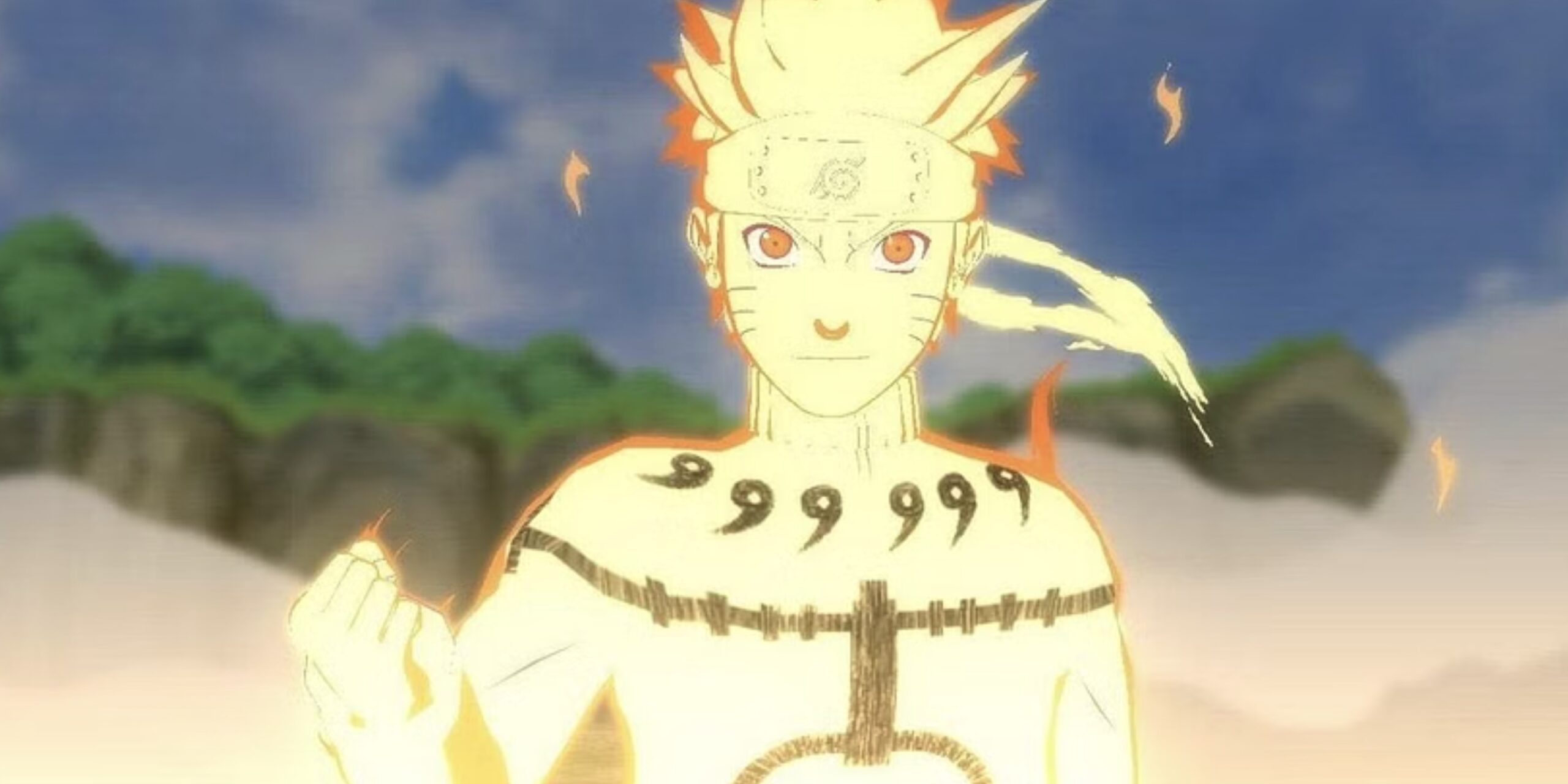
While no longer present, Jiraiya’s essential teachings and faith in Naruto completely transform his student into a legendary hero – the Child of Prophecy destined to bring revolutionary change to the ninja world.
Years after his death, Naruto still invokes Jiraiya’s name and draws strength from upholding his ideals. And symbols of Jiraiya, like the first book he authored, continue impacting other key characters as well.
So while deceased in the mortal sense, the character Jiraiya maintains an active, almost mythic presence guiding the next generation along their journeys. His legacy remains vibrant and eternal.

